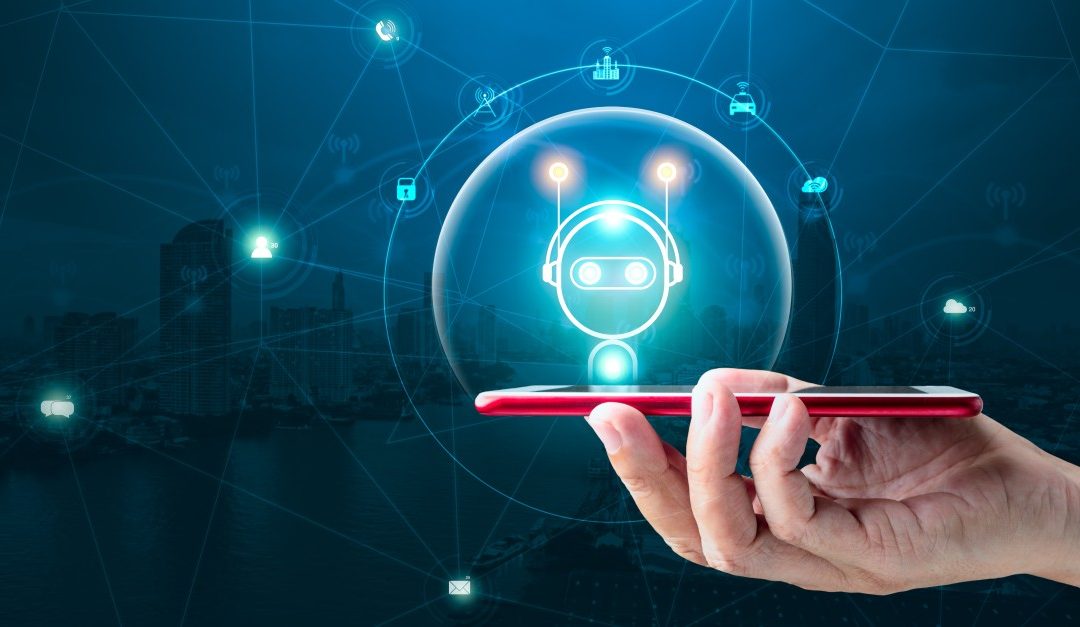The population is changing, what was once a necessity of companies, today is a desire of customers. The millennium generation and the “X” generation already prefer to use chatbot to interact with companies.
Chatbots were introduced to improve customer service operations and are doing the job well. Gartner predicted, in 2016, that by 2020 an average person would talk more with chatbots than with their spouse. I don’t know if this has materialized, but the growth is so great that more than 300,000 chatbots were added to Facebook Messenger in two years.
With the advancement of Machine Learning and the democratization of Artificial Intelligence, chatbots began to gain more skills and began to solve more complex problems than simply answering questions or acting as digital IVRs. The chatbot we are talking about here performs an automated and, mainly, humanized service.
This type of personalized service has been one of my main topics addressed in recent years. In this text, then, I want to present some reflections and mainly to show that this is not an easy path, but very necessary, considering all the business and relationship gains that your company may have.
Advantages of chatbot
Get customer insights:
The dynamic interaction of users with chatbots allows us to collect important data from our customers, such as activities, their preferences and main pains.
It is possible to classify this collected information and better understand your audience each day and, thus, have fundamental insights to meet these demands more quickly.
Making the organization data-driven is one of the main demands of Digital Transformation, a theme that has taken the sleep of executives and entrepreneurs from different sectors. We talked about this in one of our articles.
Availability:
One of the main features of the chatbot is its availability 24/7. Customers want to be served at the best time for them, and as stated initially, new generations already have this possibility.
If the chatbot is negotiating a sale, your customer is served, if you are providing support, the person has the option of choosing who solves their problem / question at any time they want.
Knowing that most of the sales or support calls are aimed at well-known (often common) topics, building a service with an Artificial Intelligence robot to offer such services in a 24/7 system will give your company the opportunity to serve its customers within the comfort of their schedule.
Service quality
As much as we do training, it is natural for human beings that their personal problems can affect their mood and, consequently, their care. When this happens, it is certain that we will have customer dissatisfaction and this is a great advantage of chatbots not having evolved to the point of being sentimental.
A chatbot will always obey the rules that we define and that we think is the best for the company.
Another issue is that, unfortunately, human attendants make Portuguese language mistakes that leave customers and Contact Center managers with “hair standing on end”. A chatbot answers correct phrases and has a validated knowledge base so as not to incur this type of error.
In addition to this question, you and your company can program the robot to adopt a language closer to the audience you want to serve. A more formal, colloquial or funky language of your choice will help further humanize automated service.
Cost vs scale
What attracts the most in chatbots is the possibility of scaling your service to hundreds or thousands of customers simultaneously. Of course, not every service provided by chatbot can solve the problems, but if he answers 20% of the questions that normally represent 80% of the workforce, only the most critical questions remain for the human, allowing him to escalate his service without the need for new hires.
At this point, the integration of legacy systems gives strength to this automated service, as there are several services, such as a duplicate billet, order status update, service confirmation (medical consultations, for example) that can be delivered to the customer without intervention of a human collaborator, only with a humanized chatbot.
This issue has a direct impact on the profitability of your business, since the increase in performance to serve more added to the ability to reduce costs will bring an important financial value to your business. We talked about this issue in an article in which we presented the importance of automation of service via WhatsApp, for example.
Not everything is flowers with chatbot
In order for a robot to do its job well and not generate frustration in its customers, who may never want to deal with a subject via chatbot, it is necessary to take some precautions. Look:
1. Don’t start your chatbot with too large a scope, try to solve one problem at a time, learn from your audience and expand the scope as you monitor customer feedback;
2. If you don’t know where to go, any path will do, so think about the goal you want to achieve, only then will you know what the best direction is. Define metrics and goals to demonstrate that you are getting where you want to go;
3. Count on experts to create your robot, not all companies have the same needs, but an expert knows many ways, right or wrong, so he can help you achieve your goal.

